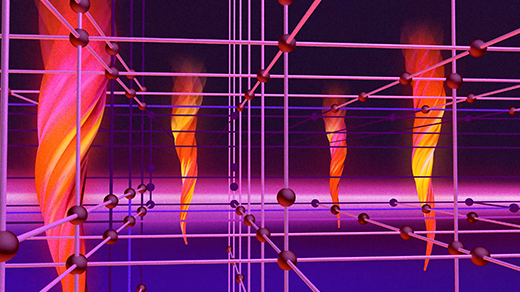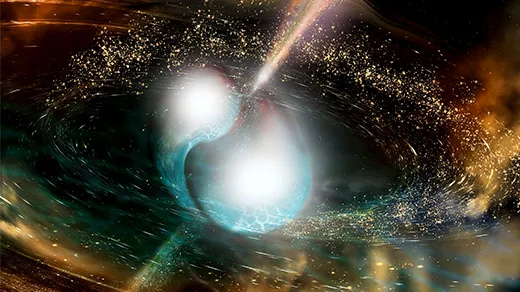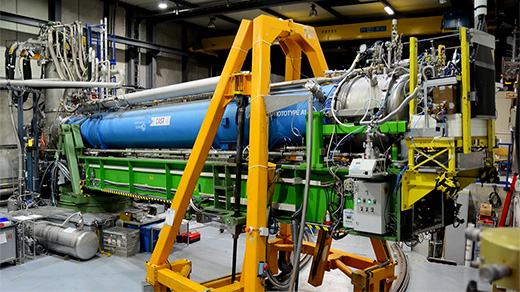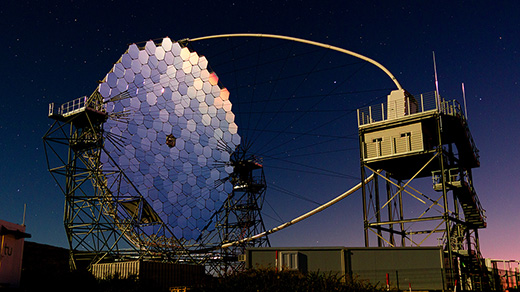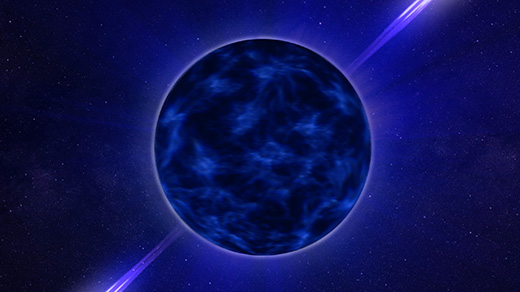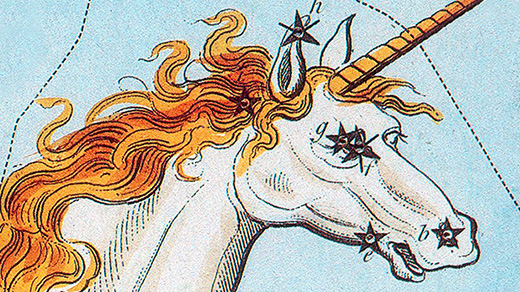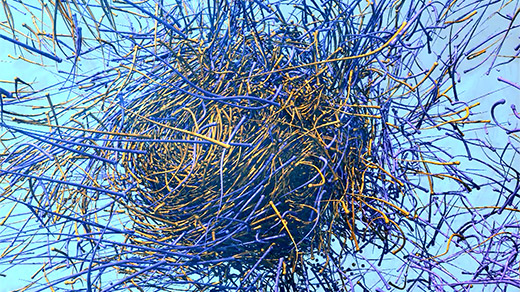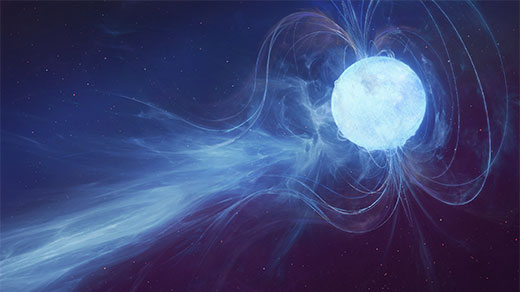What's up in
Neutron stars
Latest Articles
Physicists Start To Pin Down How Stars Forge Heavy Atoms
The precursors of heavy elements might arise in the plasma underbellies of swollen stars or in smoldering stellar corpses. They definitely exist in East Lansing, Michigan.
Physicists Spot Quantum Tornadoes Twirling in a ‘Supersolid’
New observations of microscopic vortices confirm the existence of a paradoxical phase of matter that may also arise inside neutron stars.
Extra-Long Blasts Challenge Our Theories of Cosmic Cataclysms
Astronomers thought they had solved the mystery of gamma-ray bursts. A few recent events suggest otherwise.
A Hint of Dark Matter Sends Physicists Looking to the Skies
After a search of neutron stars finds preliminary evidence for hypothetical dark matter particles called axions, astrophysicists are devising new ways to spot them.
Brighter Than a Billion Billion Suns: Gamma-Ray Bursts Continue to Surprise
These ultrabright flashes have recently been tracked for days, upending ideas about the cataclysms that create them.
Squishy Neutron Star Setback Dampens Hopes of Exotic Matter
Groundbreaking results show that neutron stars of different masses may have the same size — upending astrophysical models.
‘Unicorn’ Discovery Points to a New Population of Black Holes
Small black holes were nowhere to be found, leading astronomers to wonder if they didn’t exist at all. Now a series of findings, including a “unicorn” black hole, has raised hopes of solving the decade-long mystery.
Secret Ingredient Found to Power Supernovas
Three-dimensional supernova simulations have solved the mystery of why they explode at all.
A Surprise Discovery Points to the Source of Fast Radio Bursts
After a burst lit up their telescope “like a Christmas tree,” astronomers were able to finally track down the source of these cosmic oddities.

